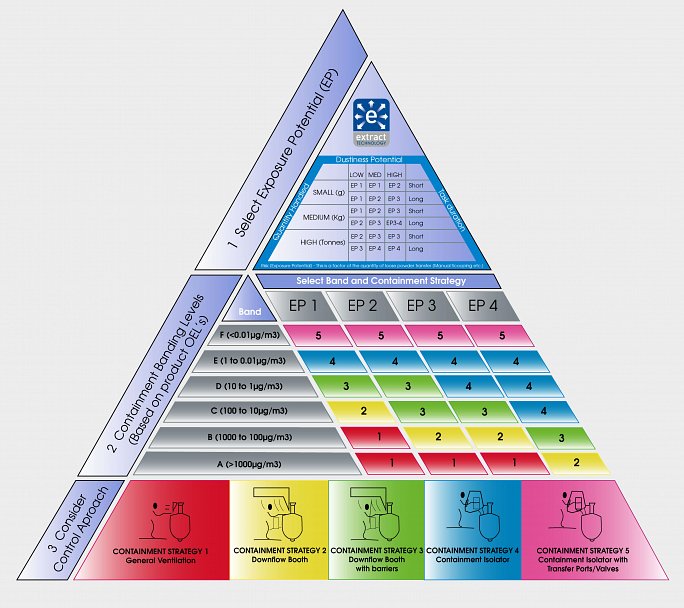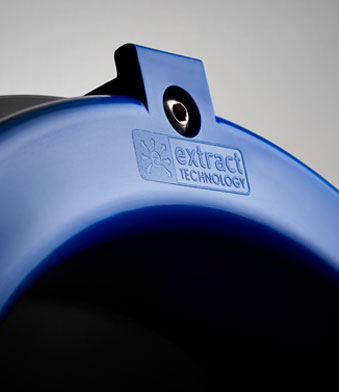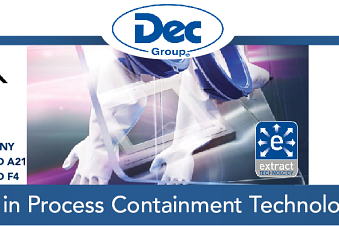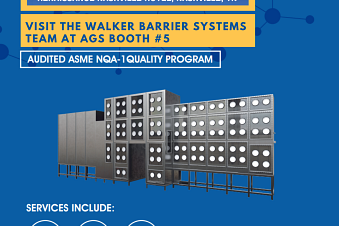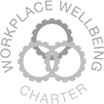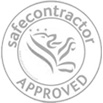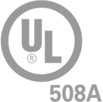An isolator is an enclosure that contains a qualified controlled environment, sealed to a high standard of leak tightness. Used when products are so potent that a downflow booth couldn’t provide enough protection, Isolators contain the product inside while the operator works with it by placing their arms through glove ports.
When deciding in favour of an Isolator, a factor to consider is cleaning. The Isolator has to be totally neutralised before it’s opened to maintain equipment kept inside. No powder residue can be left as this could cause cross contamination to the next batch.
Isolators are equipped with safe change HEPA filters and fans operating at slightly negative pressure as well as pressure sensors and gauges that monitor the system. If a glove is breached, the fan speeds up to maintain the desired air flow and negative pressure to protect the operator. Users should perform leak testing on a regular basis, following procedures and protocols. A glove testing device might have to be procured alongside the Isolator to ensure safety.
Space is less of a concern when deciding for Isolator in favour of downflow booth however, adequate ceiling height and space around the Isolator is required for testing and maintenance. Another issue to consider beforehand is the size of doorway, room, and the pathway that would be taken during delivery if the Isolator is going into an existing lab.
Isolators require 3-phase power and 15-25 amps (depending on size), compressed air and cleaning liquid (based on the product – provide water for water-soluble products and solvents for solvent-based products).
As e.g. Extract’s Isolators are fabricated from 316L stainless steel and acrylic (complete with special coating), it proves cost-effective and reasonable to create a wooden mock-up construction to make sure the form and fit actually works, and operators can reach everything and perform all desired activities. Gaskets and glove materials are selected based on the compounds to be used inside the Isolator.
Answering the above five questions and considering all the mentioned factors influencing containment within your facility can help you improve the process of purchasing containment systems thus enhancing operators’ safety and the quality of the final product.

